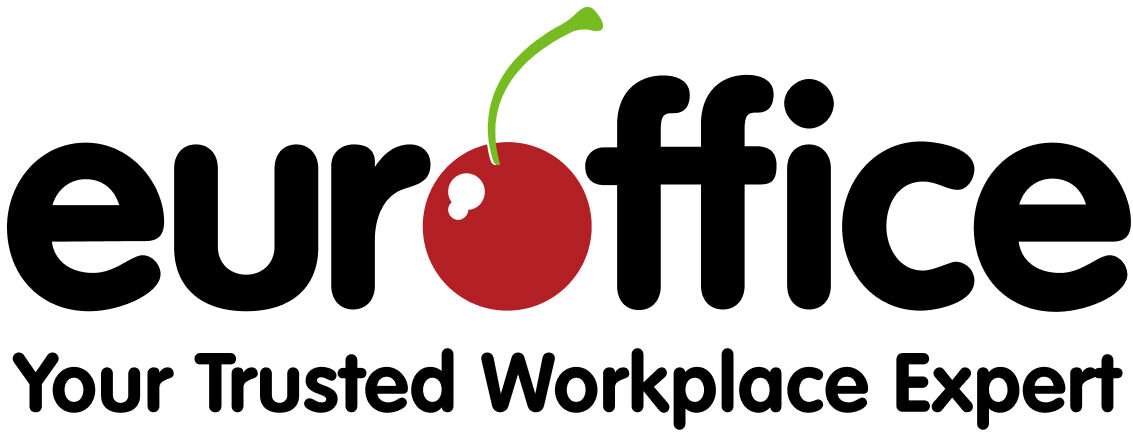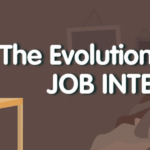We’re strolling down memory lane again today, taking a look at the history of the printer. Where it began and some of the people involved.
The Gutenberg Press
The first big jump in printing technology came from German Johannes Gutenberg in the 1440s. Until then, if you wanted to share documents, you had two options:
A scribe. These men would literally write and illustrate entire books. This was incredibly time consuming and expensive. A farmer couldn’t exactly afford to hire his own scribe to copy a book on plants and seeds.
Block printing. Here, an illustration or text was carved into a block of wood, then covered in ink and placed onto a page. However whole pages had to be done at once. That meant a 100-page book would require 100 different blocks. (And they wore out after too many uses, so new ones were needed.)
Gutenberg’s idea was simple and profound: put each letter of the alphabet on its own little block. Now printers could shuffle them around to create words and sentences; a bit like Scrabble tiles today.
To give you an idea of Gutenberg’s importance, before he came along there were around 30,000 books in all of Europe. Less than 50 years later there were 12 million.
The Xerograph
Our next big step in printer evolution comes hundreds of years later and thousands of miles away: The 22nd of October 1938 in Astoria, New York. That’s the date of the first xerograph image.
Chester Carlson had been a child of the Depression. His mother died of TB when he was young and Chester felt a life of poverty was all that awaited him. Nevertheless, he worked hard, supported his remaining family by taking extra jobs and put himself through a physics degree.
It was while working as a patent clerk that Carlson realised he needed a way to make copies of all the documents he dealt with. Tinkering in his home workshop, he invented a method of printing using dry ink. A really rough description, is that he used static electricity and flashes of light to help powdered ink stick to a drum. That drum then rolled over paper, leaving the desired image.
Carlson’s method became known as xerography, taking inspiration from the Greek for dry (xero), and writing (graph). Oh and he worked for a company that changed its name to Xerox.
Today’s photocopiers and laser printers use the same principles as Carlson’s device did. But let’s not get ahead of ourselves.
The InkJet
Before we leap to laser printers, we need to have a look at the inkjet.
Remember that inkjet printers and their cartridges aren’t just used in the office, but in clothes manufacturing, ceramics, glass and more. I’ve read that the worldwide inkjet printer market might be worth as much as £43 billion by 2017.
So who invented the machine that made the market? There’s no single answer, but the most interesting story starts in the late 1970s.
A researcher called John Vaught worked for HP in Silicon Valley. He was part of a team trying to create an inkjet printer (unbeknownst to them, Canon were also working on one). The HP team was stuck in their efforts, until one day Vaught was inspired by a coffee percolator.
The percolator worked, and I’m simplifying here, by boiling water so that it ‘popped’ inside the device and sprayed over the ground coffee. Vaught realised if he could heat ink, he could get it to pop and shoot onto a page. You might say it would be an ink jet.
The Laser Printer
I associate lasers with futuristic devices, so it’s a bit odd to think that laser printers were invented at about the same time as inkjets. We’ve got Gary Starkweather to thank for the innovation (and for sounding like he’s from Game of Thrones).
In the late 1960s he was working at a Xerox research centre when he combined a laser with a xerographic copier. Yes, we’re back to Carlson. 30-or-so years on, his flash of light would be replaced by one of Starkweather’s lasers.
(I like to think of it as the difference between a Model T Ford and a Ferrari. The latter is a massive technological leap, but it still uses exploding petrol to make itself run.)
In 1981 Xerox released the Star 8010, a computer and laser printer for the office. New technology didn’t come cheap – it cost $17,000. That’s about $44,000 or £29,000 in today’s money.
Doesn’t that make today’s laser printers amazing value? I think so.
Check our these great deals we have on printers!

If you get a chance, please take a few minutes and leave a review for us on Trust Pilot and/or Review Centre
Previously on The Euroffice Blog…
The Evolution of the Job Interview






